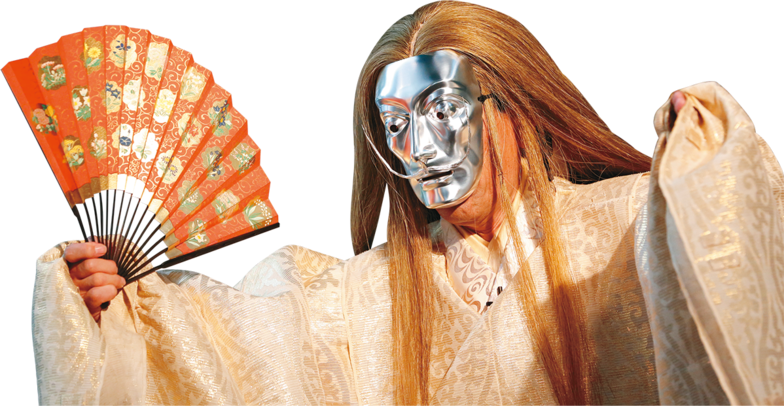Note: This website was automatically translated, so some terms or nuances may not be completely accurate.
Where Art and Technology Converge Dali Descends on Roppongi
Transforming Traditional Performing Arts
Noh, considered one of the world's oldest surviving performing arts, met cutting-edge technology. On September 13th, as the first installment of Dentsu Inc.'s "Tech Noh Project," "Dali Noh," themed around Spanish artist Salvador Dali, made its world premiere at the The National Art Center, Tokyo in Minato Ward.
What new value does this initiative create? Alongside scenes from the day's performance, we present the insights of the three creators who took on this co-creation challenge, audience reactions, and the project members' aspirations for its application, including in business settings.

Metal masks, fantastical visuals... World premiere of groundbreaking "Dali Noh"
On the Noh stage for the "Dali Exhibition" opening ceremony, a large LED display replaced the traditional backdrop of pine trees. An object modeled after an egg—a symbol of life for Dali—served as a "boundary" separating the stage from the audience.
Amid flute music echoing through the concrete modern architecture, Dali descended in Noh costume. Before projections of fantastical CG, images of metropolises, and Dali's own works, the Shite, wearing a Dali mask, danced and chanted with grace and at times intensity, performing original verses. The new, profound beauty born from the fusion of tradition and innovation captivated attendees, including Princess Hisako of Takamado, domestic and international guests, related parties, and invited members of the public.
Portraying Dali's spirit was Mr. Kanji Shimizu of the Noh troupe Tessen-kai. He has previously collaborated with modern theater, dance, and other traditional performing arts. While Noh masks are typically wooden, the Dali mask worn by Mr. Shimizu was made of aluminum, dubbed "super-duper duralumin." It was crafted by Daishin Seiki, a company specializing in precision machining, utilizing ultra-high-precision and extraordinary machining techniques. The visual direction was handled by Seiichi Saito of Rhizomatiks Architecture, a creative collective gaining attention for projects utilizing cutting-edge media technology.
This endeavor expands the oldest performing art by merging it with cutting-edge technology. It marks the first step toward creating further possibilities.
*The "Dali Noh" performance is only presented during the opening ceremony. The "Dali Exhibition" runs until December 12.
Praise from international attendees

Gala-Salvador Dalí Foundation Secretary General (Spain)
Mr. Juan Manuel Sevillano
Past Dali exhibitions in Japan have been met with great warmth by audiences and achieved tremendous success. I feel Dali Noh embodies this special relationship between Japan and Dali in a very delicate way. I was deeply moved that this very difficult endeavor—combining classical and modern elements with technology—was successful. I pay my respects to everyone who created Dali Noh.

Salvador Dalí Museum Director (USA)
Mr. Hank Hein
I am certain Dali would have been deeply moved if he had seen Dali Noh. He was one of the first artists to fuse popular culture, such as Pop Art, with the world of classical art from the past, expressing it through the latest technologies and media like film, video, and holograms. The essence of Dali was his power to transcend various situations and fuse the past with the future. From this perspective too, I think the combination of Noh, Dali, and cutting-edge technology in this production was truly remarkable.




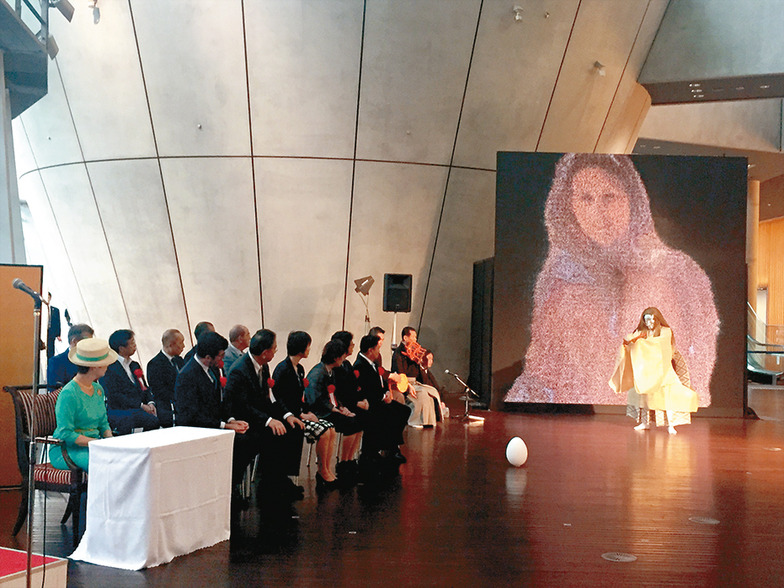

Born from the fusion of three creative elements

The first installment of the "Tech Noh Project," Dali Noh, fused three distinct creative fields. What emerges and what possibilities unfold from combining Noh—an ancient Japanese traditional performing art—with cutting-edge "visuals" utilizing the latest technology, and "machining," Japan's renowned manufacturing expertise? We spoke with the key figures behind the project.
Collaborating for Inspiration, Returning to Noh
From Creating New Works to Rediscovering the Power of Classics
Kanji Shimizu
Noh is a classical performing art that has continued for at least 650 years, but I believe it is by no means a relic. It is a "contemporary performing art" that addresses themes of issues that could certainly arise today. Furthermore, I believe the performance techniques inherent in Noh hold great potential and can adapt to diverse stages, settings, and new plays or dramas. Driven by this conviction, I have collaborated across various genres and resolved to take on the Teku-Noh Project.
The Teku-Noh Project became a space where the techniques cultivated by Noh met with numerous other elements. The subject matter was Dali, and there were technological staging elements. The masks used were not the usual wooden ones; instead, new metal masks were specially crafted. Furthermore, the stage itself was in an unusual location. I found this "complex convergence" of elements extremely fascinating.
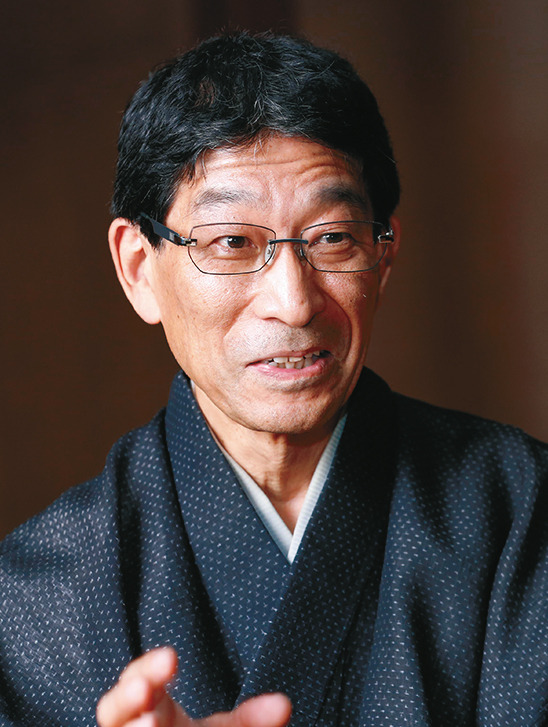
Those who saw it might have wondered, "What on earth was that?" I think that's perfectly fine. If that reaction sparks an interest in Noh, then that's a good thing.
Noh is said to have originally formed by absorbing various performing arts. Zeami, the Noh playwright, stated, "Creating new things and works is the lifeblood of the Noh actor." We in the modern era have also considered this our challenge. Creating new works leads to a renewed appreciation of the power of the classics.
Collaborating with other fields provides stimulation, and then we return to Noh. Such time is truly precious, and I intend to continue collaborating across various genres.
Changing tradition to preserve it
Pursuing Noh's essential expression through cutting-edge technology
Seiichi Saito
Over the past decade, the term "collaboration" has become commonplace, ushering in an era where once-unthinkable combinations like traditional performing arts and technology are now realized. Precisely because of this, we must carefully consult our compass to determine the right direction for growth, ensuring collaboration doesn't undermine tradition or culture.
Noh is Japan's venerable traditional performing art, so I deeply contemplated how to engage with it through video. As with other cultures, I believe tradition holds both "beauty that remains unchanged" and "beauty that changes to remain unchanged." This time, we pursued the latter—using cutting-edge technology to explore what Noh truly seeks to express. That is where I found meaning.

For us today, some aspects of Noh—the dances, the hayashi music, the costumes, the stories—require study to understand what they convey. I believe that study is necessary. But by adding the new expressive medium of film, I hope we've added one more "drawing" of interest, creating an opportunity to understand Noh's structure and philosophy. I myself am one who gained this insight through this project.
With Dentsu Inc., I'm also involved in the "Ultra Public Project" ( ultrapublic.jp/ ), an initiative that envisions future cities from a soft perspective of technology and entertainment. This project represents our first challenge in how to bring tradition back to the modern era. I believe that by repeatedly building on collaborations like this, new forms will emerge, leading to truly great projects.
Replacing analog sensations with digital ones
Dali's Noh mask, infused with an engineer's soul and technology
Ryosuke Omachi
Oomaki Seiki has been machining for over 50 years. While we typically produce prototypes before manufacturers begin mass production, around 2008 we started applying that expertise to create pieces worthy of being called art. When we were approached about making Dali's Noh mask in metal, we saw an opportunity to utilize the know-how cultivated through both industry and art, and decided to join the project.
Traditionally, Noh masks are wooden and handcrafted. This time, we used computer-controlled machining to carve the metal, striving to find a balanced approach that integrated digital technology. However, "digital" here simply meant translating our analog sensibilities into a digital context. While this might seem unorthodox by traditional standards, we poured our soul into it, employing various techniques and dedicating about two months to the production.
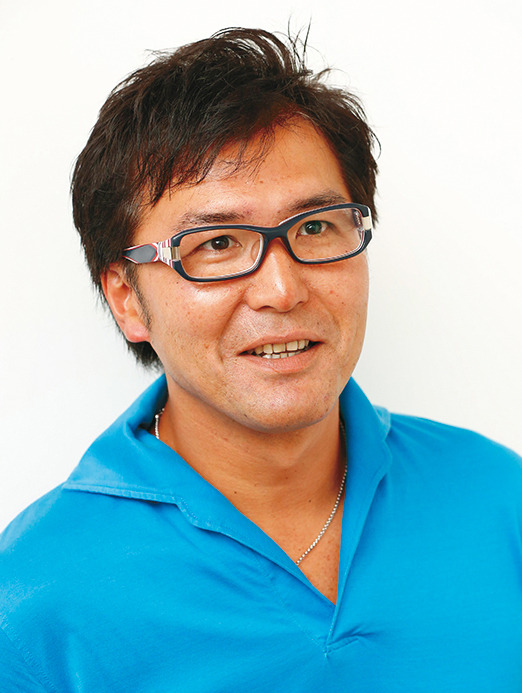
For example, to recreate Dali's signature beard, we digitally wove hundreds of fine wire frames, as thin as needles. To achieve that level of detail, we then used a Drill Inc. bit just two hairs thick during the finishing process. This kind of process embodies the passion of our engineers.
Seeing someone actually perform wearing Dali's mask was truly moving. Such collaborations boost employee motivation and could spread to various fields in the future, so we want to actively pursue these challenges.
About the Tech-N Project

A new project launched by Dentsu Inc. It combines Noh with diverse cutting-edge technologies, aiming for new developments as a traditional performing art and its application in various scenes of modern society.
Noh, one of Japan's proudest performing arts, faces limited audiences and performance opportunities. Despite its highly acclaimed expressive techniques internationally, its application in modern contexts is virtually nonexistent. To break the stereotype of being "lofty and difficult," we believe creating new value through "co-creation" is essential. Based on this concept, the project involves various companies, organizations, and creators to explore "Noh's application," including in business settings.

Eager for co-creation with companies, aiming to revitalize regional areas and Japan through "Tech Noh"
The Tech Noh project involves co-creation across diverse creative fields. Producer Keita Yoneyama (right in photo) from Dentsu Inc.'s Event & Space Design Bureau, Experience Technology Department, reflects on the project's origins: "Noh is considered one of the world's oldest performing arts. By combining it with other genres, I felt we could expand the power that has sustained it until today." Shiro Murakami (left), who handled planning, lyrics, and overall direction, explains, "Noh in the Muromachi period must have been a collaborative effort bringing together the cutting-edge technologies of the time—Noh masks, stage production, actors, and performance. I wanted to revive that spirit today." He served as the link between the three parties to realize this vision.
The first project, "Dali Noh," received high praise both domestically and internationally and was featured in numerous media outlets. Regarding future activities, Yoneyama stated, "Noh stages remain in various regions. We hope companies will utilize Tech Noh for their anniversary events or regional revitalization initiatives." Mr. Yoneyama added, "The fusion of Noh and technology can be presented to the world as a uniquely Japanese performance unlike anything before." He emphasized the positive response to this initiative. The unique Noh expression of "someone being revived" (mugen noh) offers broad application possibilities and "has potential as content," according to Mr. Murakami. He also expressed enthusiasm for co-creation with companies.
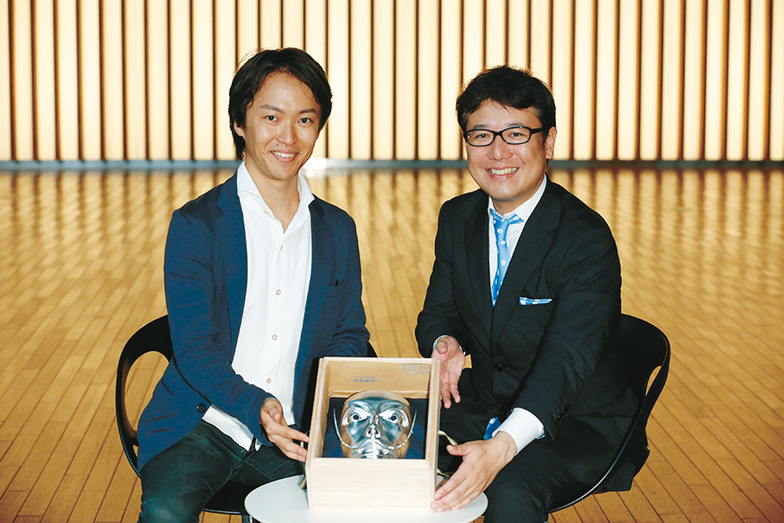

Was this article helpful?
